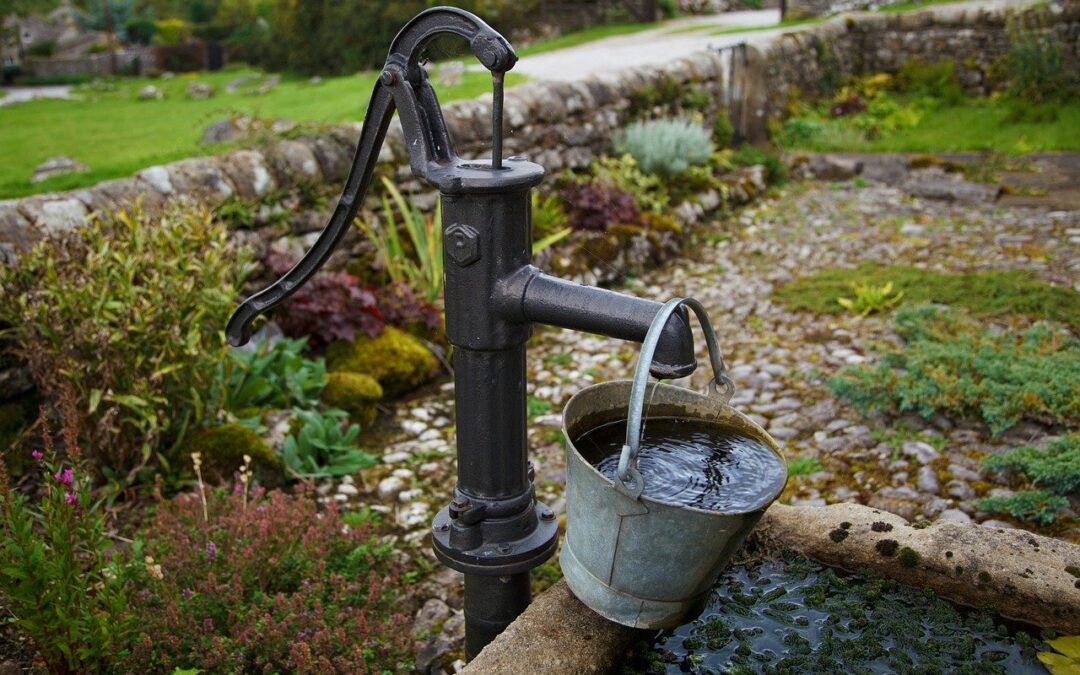There are a number of different water systems in your home, each requiring a specific type of pump. You have clean water systems that deliver water for cooking, washing, bathing, and laundry. Wastewater systems remove sewage and other human waste. If you have a basement, or live in a low-lying area, you may need to remove standing water or storm water from time to time. Many heating systems circulate hot water along baseboards, under floors, or through radiators. Washing machines and dishwashers must remove the gray water to complete their cycles. Ponds and other water features require outdoor pumps.
The type of pump used in each system depends on three major factors; the type of liquid that needs to be moved, how far it needs to be moved, and how quickly it needs to be moved. It is best to consult a licensed, professional plumber to help decide what size and type of pump is best suited for each application.
These are the most common types of pumps found in the home.
Well Pumps
If your home is not connected to municipal water, you probably have a well with a pump that moves water either into a storage tank or directly into the house. These pumps are either submerged in the well or connected outside the well in the main water line to the house.
Booster Pumps
These are often used in conjunction with municipal water lines, where water pressure may be low or inconsistent due to the number of people using the water at one time. The idea behind a booster pump is to keep water pressure steady, delivering a consistent flow for each house on the line.
Circulation Pumps
These pumps are used in two types of systems: closed systems, such as baseboard or under floor heating, and open systems that deliver hot water quickly to the shower head or water tap.
Sewage Pumps
Sewage pumps move waste from your toilet and are usually used when the toilet is below the level of the sewer or septic line, or when a septic tank or leach field is some distance from the house. These are generally “grinder” pumps that will grind solid waste up to 2” in diameter.
Effluent Pumps
Effluent pumps also move waste solids, but only up to ¾” in diameter. The water that these pumps drain is known as gray water–mostly laundry discharge, dishwasher and sink drainage, and water from sump basins that collect dirt and debris.
Sump Pumps
These pumps move accumulated water from basements or low-lying areas on the property. The pump is installed in a pit or basin designed to collect excess water. There are two types of sump pumps, pedestal and submersible. A plumbing professional can advise which is appropriate for your situation.
Utility Pumps
Often portable and battery powered, these pumps are intended for temporary or emergency use. They are a practical choice for dealing with an unexpected flood, a water heater or rain barrel that needs draining, or for use as backup during a power outage. They can also come in handy on boats or RVs.
This should help familiarize you with the pumps you are most likely to find in your home. Remember to consult a licensed, professional plumber concerning maintenance and repair of your pump-dependent systems.


